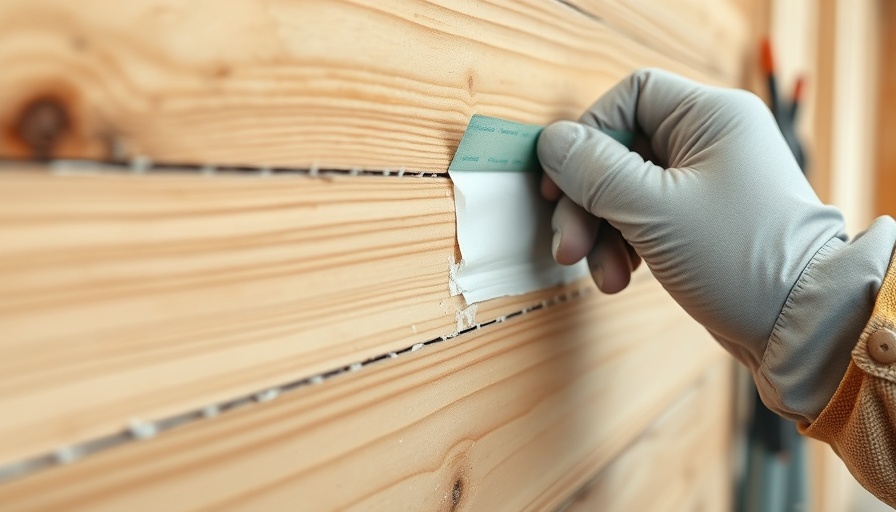
Exploring the Role of Biophilic Design in Urban Biodiversity
The recent study out of Utrecht University reveals an inspiring trend in urban architecture—biophilic design. Conducted by ecologist Kathrina Itecht in collaboration with the Resilient and Inclusive Cities Lab in Singapore, the research underscores the potential of vertical greenery systems (VGS) to transform urban areas into thriving ecosystems. The implications are profound, suggesting that architecture can be reimagined not just as shelters but as living spaces that support biodiversity.
How Vertical Greenery Systems Work
VGSs, often seen as green walls or facades, are more than mere decorations; they serve as insulation, actively regulating temperatures in urban buildings. The study emphasizes how these systems created a cooling effect averaging 0.6-0.7 degrees Celsius compared to non-vegetated walls. This may seem minimal but can significantly enhance comfort in densely populated cities, which often suffer from the urban heat island effect, where temperatures soar higher than those in surrounding areas.
Biodiversity Gains and Structural Benefits
In total, researchers cataloged 291 different species residing within the green walls studied. Notably, these VGSs not only attracted a variety of wildlife but also demonstrated ecological benefits over traditional stone surfaces. In an era where rapid industrialization threatens habitats, integrating natural elements into our urban landscapes emerges as a practical solution, fostering both biodiversity and ecological resilience.
Building a Sustainable Urban Future
Implementing biophilic designs can create inviting urban environments that enhance quality of life. Incorporating nature into building designs leads to positive impacts on mental health, by reducing stress and promoting well-being. The mere presence of greenery can significantly enhance the aesthetic and emotional quality of urban spaces. As urbanization continues to increase, avoiding biodiversity loss through these sustainable practices becomes indispensable.
Looking Ahead: Practical Steps for Urban Transformation
As cities grapple with environmental challenges, the findings of this study signal a transformative approach. Policymakers, designers, and eco-enthusiasts alike can advocate for and integrate biophilic design elements within urban planning. This not only presents an opportunity for improved urban sustainability but also produces spaces where communities can more fully reconnect with nature.
 Add Row
Add Row  Add
Add 






Write A Comment